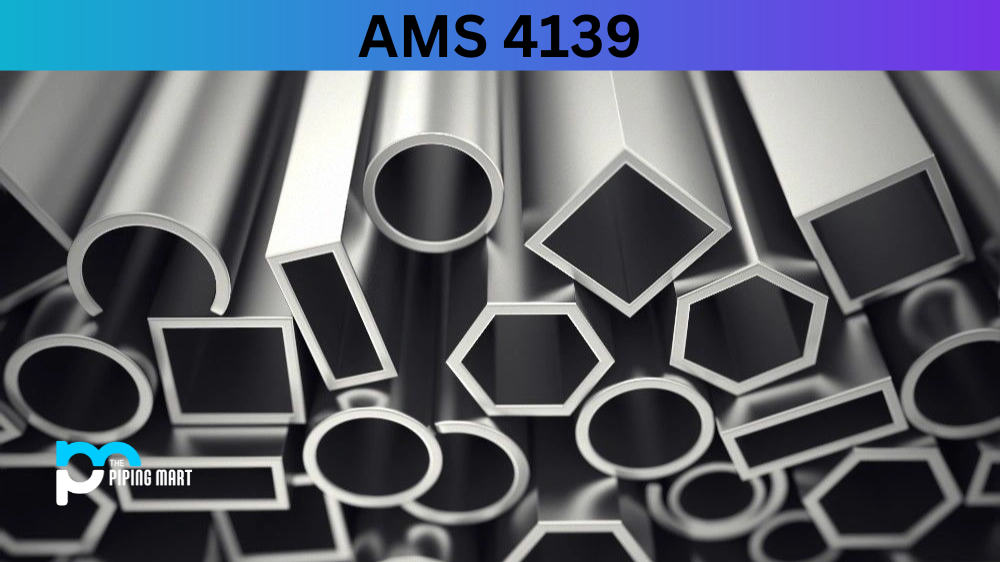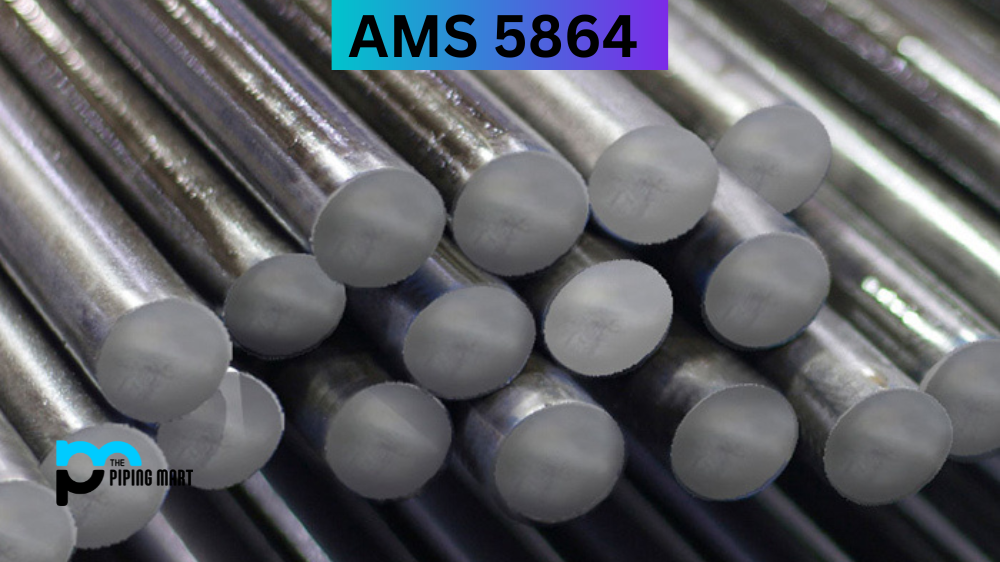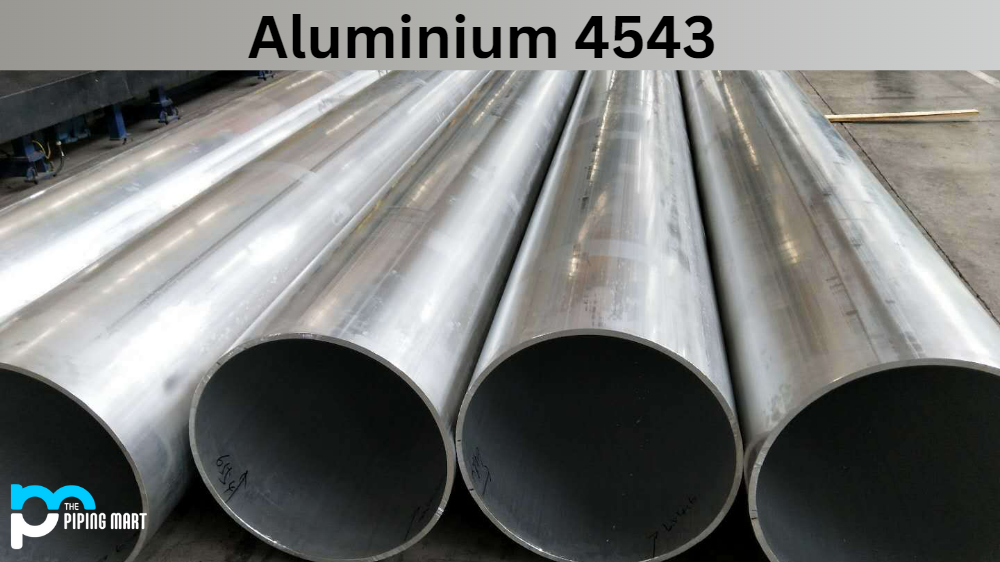In engineering and manufacturing, choosing a suitable material is crucial for creating high-quality and durable products. One such material that has gained significant popularity for its superior performance is AMS 4139. But what exactly is AMS 4139, and what unique properties make it stand out among other materials? This blog post will provide you with a comprehensive overview of AMS 4139. We will cover its composition, physical and mechanical properties, applications and uses, hardness, and heat treatment. So, let’s dive in and learn more about this fantastic material.
What is AMS 4139?
AMS 4139 (also known as 7075 Aluminum Alloy) is a document outlining the requirements for high-strength aluminium alloy rivets. Rivets are an essential component in aircraft construction and repair, and AMS4139 ensures that they meet the necessary criteria for safety and durability. This specification is a product of the aerospace industry’s rigorous standards and thorough testing, ensuring that the aircraft components are of the highest quality. By adhering to the guidelines set out in AMS4139, manufacturers can be confident that they are producing rivets that meet the high standards of the aviation industry, resulting in safe and reliable aircraft that can withstand the demands of flight.
What form is AMS 4139 Available at Piping Mart?
- Pipes
- Tubing
AMS 4139 Composition
AMS 4139 is a low-alloy steel primarily composed of carbon, manganese, chromium, molybdenum, and nickel. These elements are combined in specific proportions to create a material that has superior strength, toughness, and durability. The carbon content in AMS 4139 is relatively low, which makes it more resistant to deformation and cracking during machining and forming processes. Moreover, chromium and molybdenum enhance the material’s resistance to corrosion and wear, making it suitable for use in harsh environments.
|
Si |
Fe |
Cu |
Mn |
Mg |
Cr |
Zn |
Ti |
Others-Each |
Others Total |
Al |
|
|---|---|---|---|---|---|---|---|---|---|---|---|
| 7075 |
0.40 |
0.50 |
1.2-2.0 |
0.30 |
2.1-2.9 |
0.18-0.28 |
5.1-6.1 |
0.20 |
0.05 |
0.15 |
Remainder |
AMS 4139 Physical Properties
AMS 4139 has excellent physical properties, making it a popular choice among engineers and manufacturers. It has a density of 7.85 g/cm3, comparable to other low-alloy steels. The material has a high melting point, with a melting temperature of 1420°C. Its thermal conductivity is relatively low, making it a poor heat conductor. Moreover, AMS 4139 has a high electrical conductivity, making it suitable for electrical applications.
AMS 4139 Mechanical Properties
AMS 4139 boasts exceptional mechanical properties that make it versatile and suitable for various applications. The material has a tensile strength of 760 MPa, higher than most low-alloy steels. It has a yield strength of 690 MPa and an elongation of 17%, which makes it easy to forge and form. The material’s toughness and impact resistance are also exceptional, making it ideal for applications requiring resistance to shock and vibration.
| Alloy-Temper |
Tensile Strength (ksi) |
Yield Strength (ksi) |
Elongation (%) |
|---|---|---|---|
| 7075-O |
33 |
15 |
16 |
| 7075-T6 |
83 |
73 |
11 |
AMS 4139 Uses
AMS 4139 is widely used in various applications, including aerospace, defence, oil and gas, and automotive industries. Its exceptional properties make it suitable for critical components requiring high strength, toughness, and durability. The material is also used in hydraulic systems, mechanical parts, and machine tools.
AMS 4139 Hardness
AMS 4139 has a hardness of 230 HB, which is relatively high compared to other low-alloy steels. The high hardness makes it ideal for use in applications requiring abrasion and wear resistance, such as mining equipment and cutting tools.
AMS 4139 Heat treatment
AMS 4139 can be heat-treated to enhance its mechanical and physical properties. The material can be hardened by austenitizing and quenching, followed by tempering to achieve the desired properties. Heat treatment can also help to improve the material’s machinability, which makes it easier to form and shape.
AMS 4139 Conclusion:
In conclusion, AMS 4139 material is an excellent material with superior performance to other low-alloy steels. Its low carbon content, high chromium and molybdenum content, exceptional mechanical properties, and resistance to corrosion and wear make it suitable for various applications. The high hardness and ease of heat treatment make it ideal for applications requiring resistance to abrasion and wear. So, if you want a material that can provide superior performance and durability, consider AMS 4139.

A passionate metal industry expert and blogger. With over 5 years of experience in the field, Palak brings a wealth of knowledge and insight to her writing. Whether discussing the latest trends in the metal industry or sharing tips, she is dedicated to helping others succeed in the metal industry.




